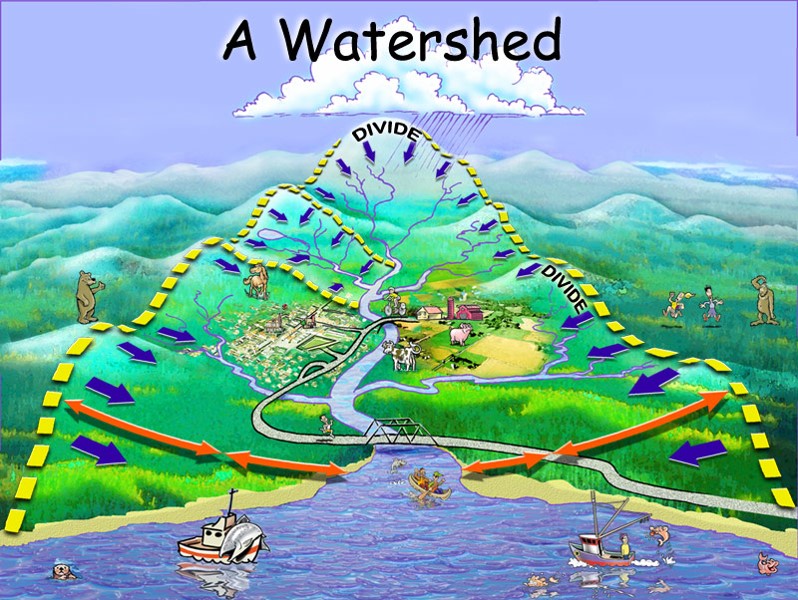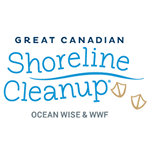ACT LIKE A WATERSHED
Grades 2, 6 & 7
Driving Questions
Grade 2
- What is a watershed?
- Where does garbage go in a watershed and how does it get there?
- What can you do to help?
Grade 6/7
- What is a watershed?
- What watershed do you live in?
- Why is littering a problem?
- What can you do about it?
Materials
- Different types of garbage
- Bucket (especially important if liquids are going to be used as a garbage type)
- Large tub perhaps filled with water
- Garbage type and affect sheet cut into strips by garbage type.
Learning Intentions
- I understand how garbage affects watersheds.
- I see how little bits of garbage can add up.
Curricular Competencies
Science/Social Studies/Language Arts:
- Asking questions
- Communicating findings
- Working cooperatively
- Recognizing consequences of events
- Processing and analyzing data
Lesson
- Get all students to find some garbage around their classroom or outside. They each should have at least one piece. Garbage can include plants (yard waste), liquids, paper, etc..
- Have the students pair the paper strip with the affect to each garbage type. Older students can write out the affect of their garbage type(s).
- Have students stand in a line. First student is on a mountain top and last student is in the estuary. Give the first student a bucket and put a tub after the last student (tub can be filled with water to further illustrate that it is the K’ómoks Estuary or other water body).
- Students pass the bucket down the line and add their garbage to the bucket.
- Last student empties the bucket into a clear tub.
- Everyone looks at all the garbage that can accumulate in the K’ómoks Estuary or other waterbody and talks about the effect of different garbage on estuary habitat and wildlife.
- If there is water in the tub you may want to leave it for some time (day/week/month) and check in periodically to see what is happening to the garbage. If you do this you may also want to ask one student to stir or shake the tub once in awhile.
- Have students talk/write what they have learned from this simulation as to how garbage can be a problem in a watershed.
- Brainstorm ideas for how they can help with this problem.
- You can extend the learning by analyzing which types of garbage break down more readily than others and create a visual representation, such as a bulletin board or a poster.

Click here to download a printable version of this lesson
Community Connection
Go on a walk and pick up garbage. This could be done around your school or any other location. Project Watershed and other non profit groups organize groups for the Great Canadian Shoreline Cleanup at the end of September. You could join them or do your own.
projectwatershed@gmail.com


